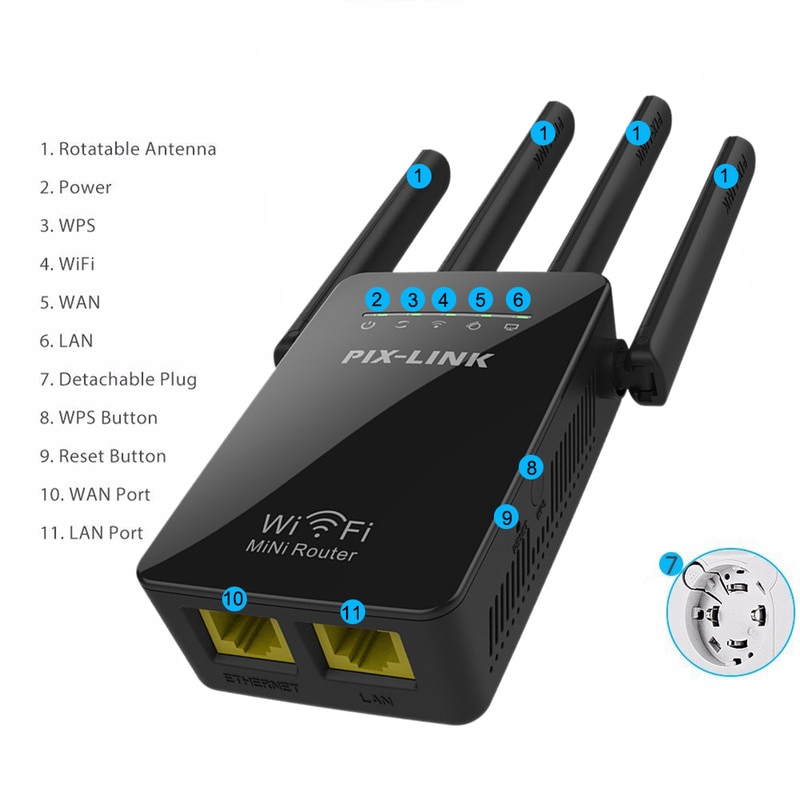

Expand your Wi-Fi using wires you already have in your home
HOME NETWORK BOOSTER FULL
You can read more in our full guide to powerline networking kits. Such kits can be more reliable than Wi-Fi–only extenders, but they’re also heavily dependent on the age, quality, and complexity of your home’s electrical wires or coaxial (TV) cables. These kits use your home’s existing wiring to transmit data from one extender to the other. Like the RE315, it has a OneMesh option, but the RE605X’s standalone setting was more robust on a busy network during our tests.Īnother way to bring Wi-Fi to harder-to-reach parts of your home is to use a powerline or MoCA (which uses the cable TV wiring in your home) networking kit.
HOME NETWORK BOOSTER PC
It’s also more expensive than the RE315, but it’s a more optimal choice if you’re planning to connect a wired gaming PC or one that will be downloading videos or other large files regularly. Note: After March 1, 2014, all consumer boosters sold in the United States will be required to meet new network protection standards intended to reduce the likelihood that consumer boosters will interfere with wireless networks and devices.The TP-Link RE605X uses the newer Wi-Fi 6 standard, which makes it a good choice for homes that have a gigabit internet connection.

Under FCC rules, any signal booster, whether certified by the FCC or not, that causes harmful interference to Cellcom's network or to its customers must cease operation immediately upon notice from Cellcom or the FCC.
HOME NETWORK BOOSTER REGISTRATION
Registration of a signal booster with Cellcom does not mean that Cellcom has consented to the operation of non-certified signal boosters on its network. Cellcom consent to operate a signal booster on Cellcom’s network is limited to the personal use of signal boosters certified by the FCC under 47 C.F.R.


 0 kommentar(er)
0 kommentar(er)
